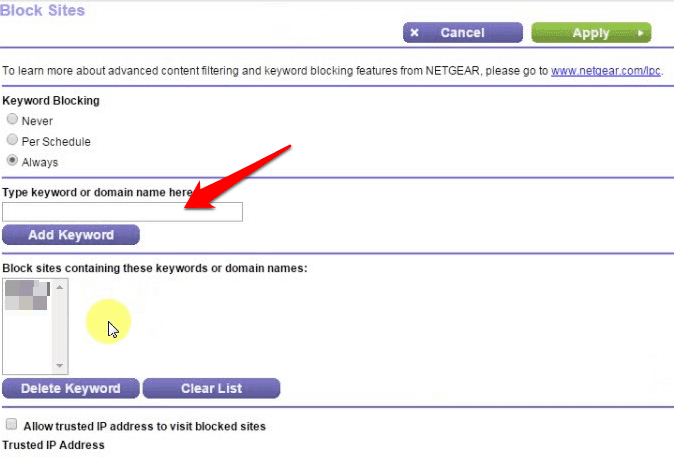
However, if you hit these email providers’ metrics and show up on some more reputable blocklists, well… let’s just say that the curtain could start to close on your email program. This is noteworthy because just being listed on a random blocklist isn’t necessarily going to cause you problems with your email deliverability. These providers use this information from various blocklist services along with internal metrics to make decisions on whether or not to block a message. An important thing to note is that blocklists don’t actually block your messages-the actual email providers do. They could use this list (and later, other lists like the RBL list) to take effective action against spammers without harming normal ISPs. Because of its creation, email providers could have a resource to see which IP addresses had a reputation for sending unwanted or malicious email to recipients. The DNS blocklist server list was created to help stop the flood of spam that began when widespread usage of email became popular. Simple, right? Why was the DNS blocklist server list created? RBL (real-time blocklists) are based on IP addresses that are caught in real-time. DNS-based blocklists (Domain Name System-Based Blockllists) are based, as the name suggests, on their listed IP addresses’ domain names.

DNSBL (DNS-Based Blocklists) and RBL (Real-time Blocklists) are lists of IP addresses that are suspected of sending spam and are used to prevent unwanted email messages from reaching unsuspecting recipients. What is a blocklist anyway?īefore we run through the different types of email blocklists, let’s cover what blocklists are.
#Simple dns plus dns blacklist how to#
In this post, we’ll tell you a little more about blocklists and how to avoid their drama. Unfortunately, in the real world, blocklists are definitely something you need to be mindful of… especially when it comes to your email program. The word “blocklist” can almost seem like something out of a movie-a little dramatic, a little silly, and a little bit unreal.


 0 kommentar(er)
0 kommentar(er)
